Introduction
Is there an effective whole house air purifier?What are air purifier advantages and disadvantages?
introduce
When you decide to buy a whole-house air purifiers, there are many choices, and it is easy to be overwhelmed by many different brands and models. To make things easier, we began to answer a question: Is the whole room air purifier really effective? In this article, we will describe the advantages and disadvantages of each residential filtration system, including HEPA filtration, ultraviolet sterilization and electrostatic dust collector. We will also provide you with some suggestions on how to not only choose the right model for your family, but also how to judge whether your device is really doing what it should do, because let's face the reality: no matter how much you spend on such a device, if it does not work properly, you are wasting time and money!
Does the room air purifier work?
CADR is a unit to measure the effect of any air purifier on removing pollutants and odors from the air. In order to achieve the filtration of the whole room, the CADR value of the air purifier is required to be at least 450 cfm, that is, 800 m3/h, which is applicable to the air purifier in large rooms.
The whole house air purifier works by filtering the air in your home. This means that they can remove allergens and odors from indoor air, which is important for people with allergies or asthma, because these pollutants can cause symptoms to worsen.
The benefits of having an all room air purifier include:
● You don't have to worry about dust mites, pet dander, mold spores or other allergens in the air you breathe at any time
● Your family will not inhale the toxic chemicals produced by the gas stove and cooking process
● VOC harmful gas released by pet odor, furniture and decoration materials!
But there are also some disadvantages, including: cost (not cheap), noise level (some machines are louder than others) and maintenance requirements (you must replace the filter regularly). If any of these problems sounds familiar, it may be better to choose another model, such as jafanda JF999 air purifier.
The first step in selecting a high-quality air cleaner is to understand the three most common technologies: electrostatic dust collection, ultraviolet sterilization and HEPA filtration.
● Electrostatic dust collection: Ionization purification is a kind of air purification method, which can remove particles by allowing high-voltage electricity to generate negative oxygen ions through the air, and then attracting and absorbing particles in the air. These methods are effective in removing dust, pollen and other particles in the air, but the single filtration efficiency is not high. This technology is also prone to produce ozone by-products, which has been proved to be definitely harmful to human health.
● Ultraviolet: Ultraviolet air purifier is a spectrum sterilization technology, which can destroy the DNA of bacteria and viruses and prevent them from breeding.
● Filter: The HEPA filter of the air purifier is made of PP melt blown and PET materials, which has high efficiency and small wind resistance. This technology has been widely used in the field of air purification.
A whole room air purifier with HEPA filter can capture tiny particles that are too small for human eyes to see. However, HEPA filter for bedroom do not remove odors.
A whole room air purifier with HEPA filter can capture tiny particles that are too small for human eyes to see. However, HEPA filters do not remove odors.
HEPA stands for "efficient particulate capture". Grade H13 HEPA can capture 99.97% of allergens with a size less than 0.3 μ m. This is much smaller than most dust particles, so you can ensure that most allergens are captured by an effective HEPA filter air cleaner system.
Bottom line of the whole room air purifier
If you want to remove the odor, you need a whole room air purifier with an activated carbon filter. This can be combined with HEPA filters to remove particulates and odors from the air.
If you want to remove odor, particles in the air and bacterial/viral/fungal spores, you need a whole room air purifier with HEPA filter and activated carbon filter (or other types of media).
conclusion
We hope this article can help you better understand the working principle of the whole room air purifier, and help you make a wise decision on whether it is suitable for your home.

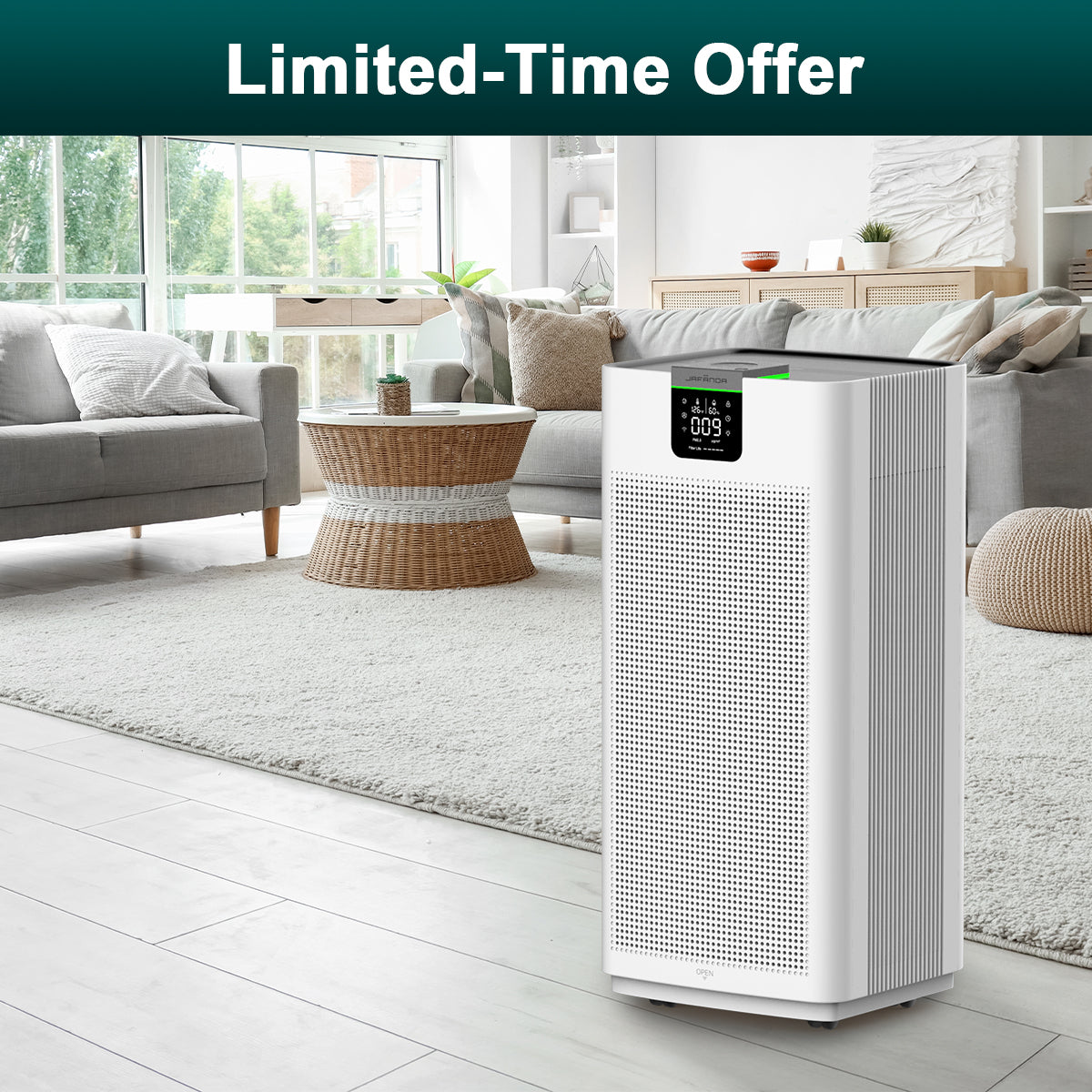
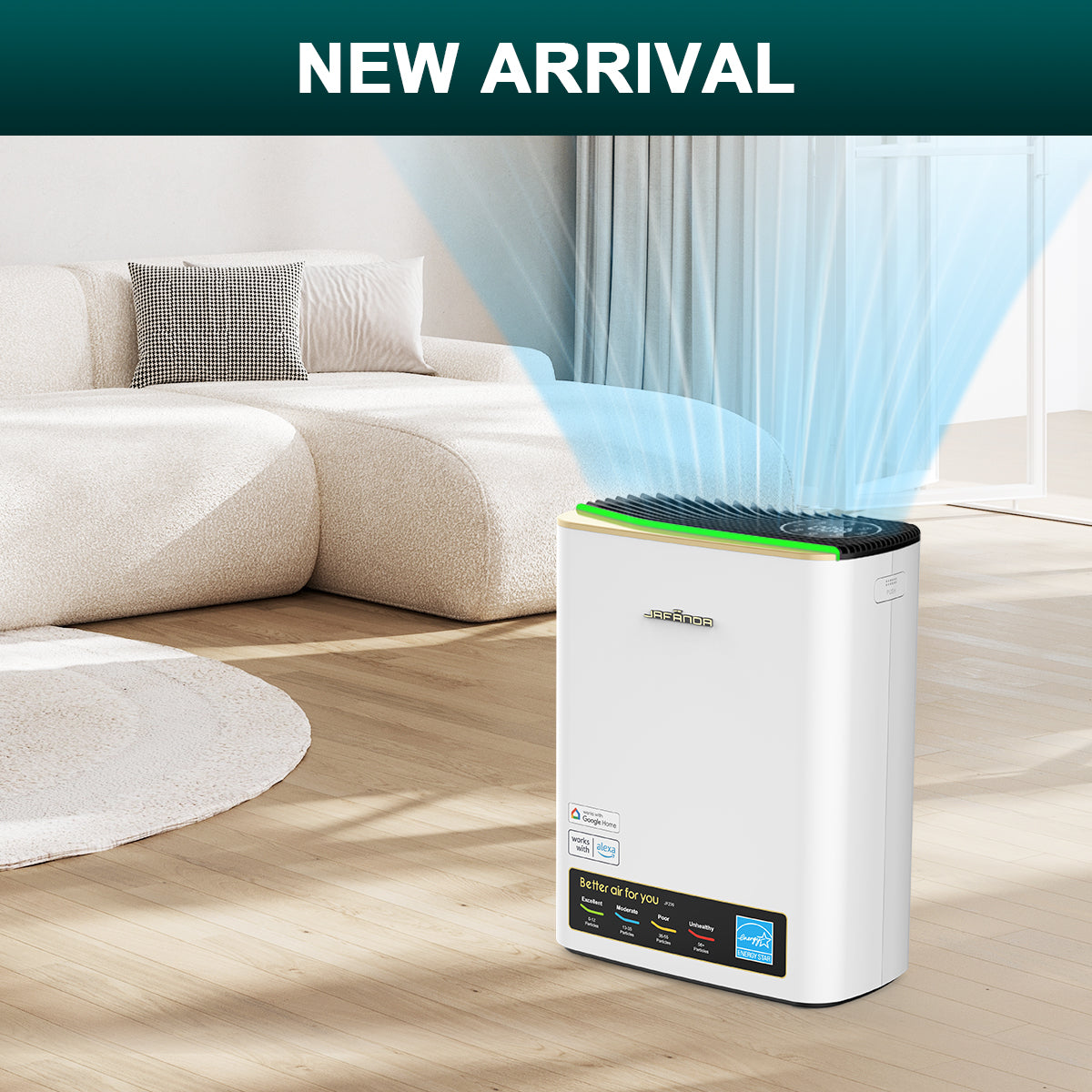

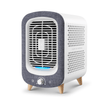
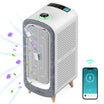
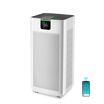
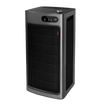
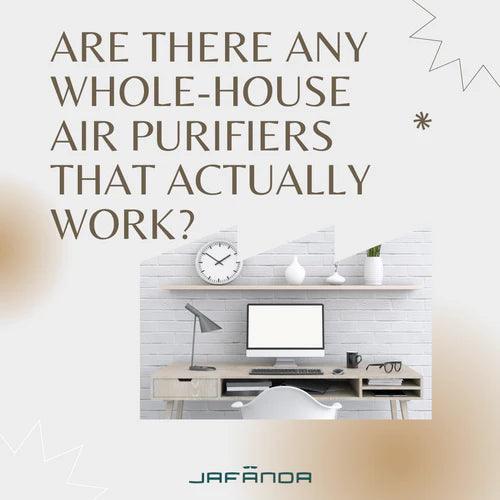

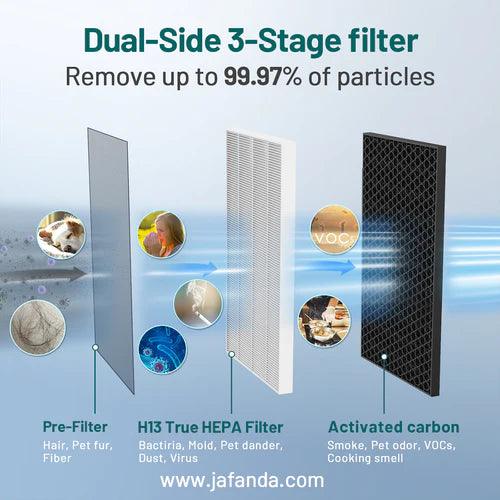
Leave a comment
All comments are moderated before being published.
This site is protected by hCaptcha and the hCaptcha Privacy Policy and Terms of Service apply.